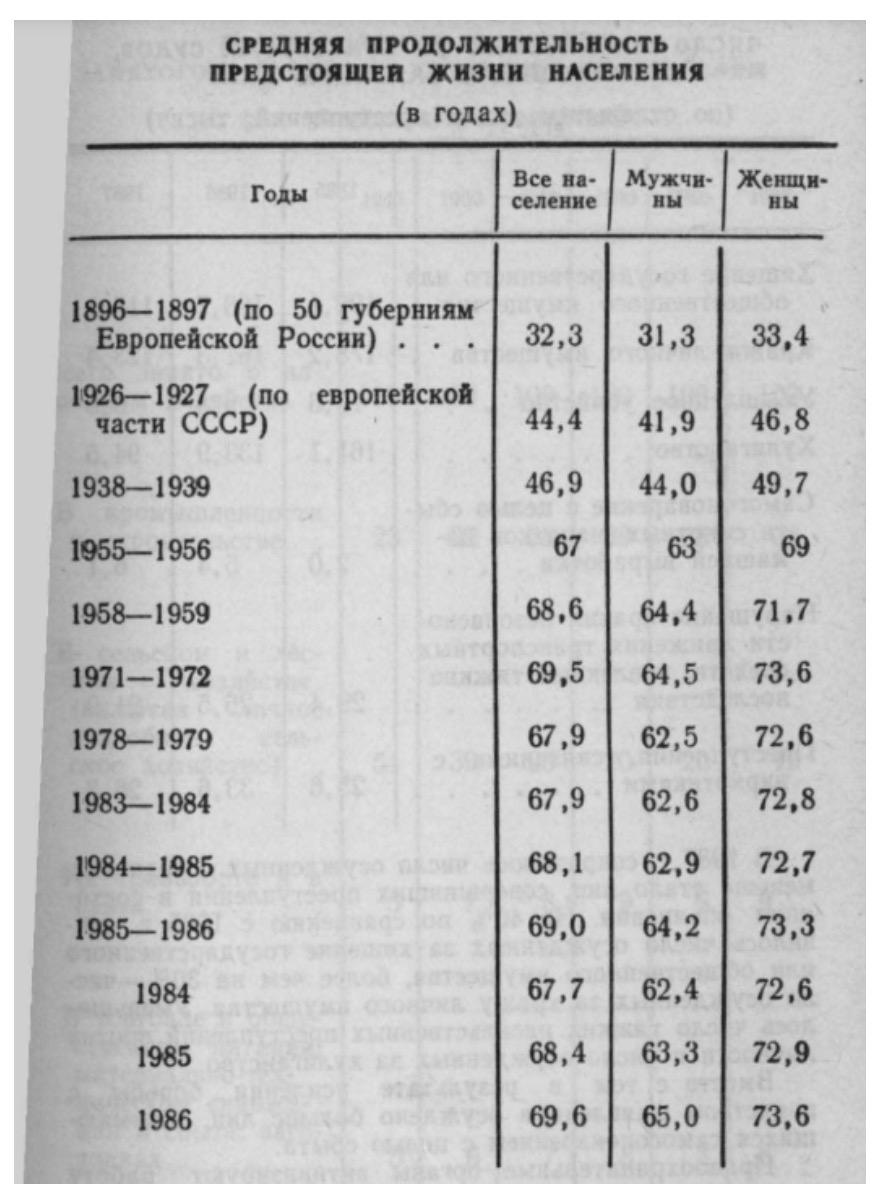On April 22, 2024, communists held rallies in honor of Vladimir Lenin's birthday in cities across Belarus and Russia.
The following day, Russian historian Spitsyn gave an interview to BelTA, in which he described how the lives of peasants changed after the October Revolution.
"The average life expectancy of a female peasant in Tsarist Russia was 29 years... Incidentally, one of the first merits of the Soviet government was the increase in the life expectancy of a Soviet kolkhoz woman to 64 years before the war," he said.
Journalists from the BIC learned from the 1987 USSR statistical collection, that women born in the late 19th century were expected to live an average of around 33.4 years. By the late 1920s, it had increased to almost 47 years. For those born before the war — around 50 years.

The USSR's statistics tracked how long a person of a certain birth year would live on average if mortality rates remained unchanged, rather than the actual life expectancy.
In other words, 50 years was not the actual life expectancy of the average woman, but the expected lifespan of someone born in 1939, calculated without accounting for wars and other calamities.
It took the Soviet government considerably longer than expected to reach the 64-year life expectancy: this target was only met in the mid-1950s.


